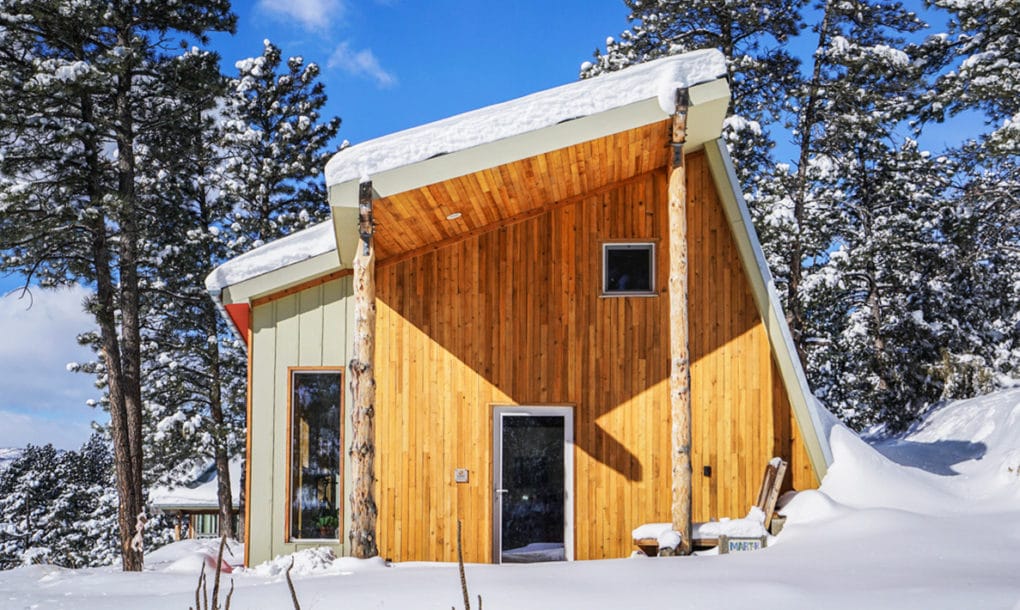Today, we are going to cover a design that is sure to turn any building into a genuinely futuristic and energy-efficient wonder of architecture. Passive House Design is a recognized construction technique that ensures a significant reduction in energy consumption for all kinds of buildings.
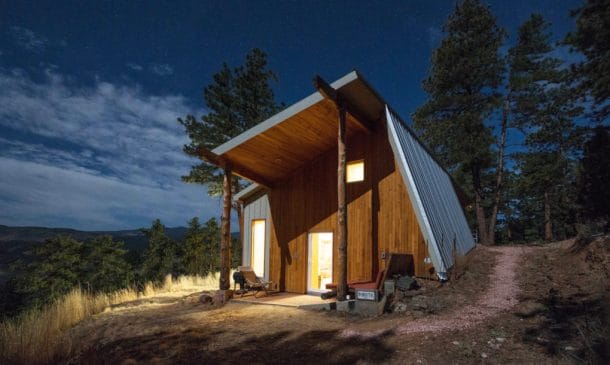
The building utilizes various techniques like making the structure airtight, installing super insulation, and incorporating a passive solar design which can help you live off-grid. Thus, you can live comfortably even with the tiniest of budgets.
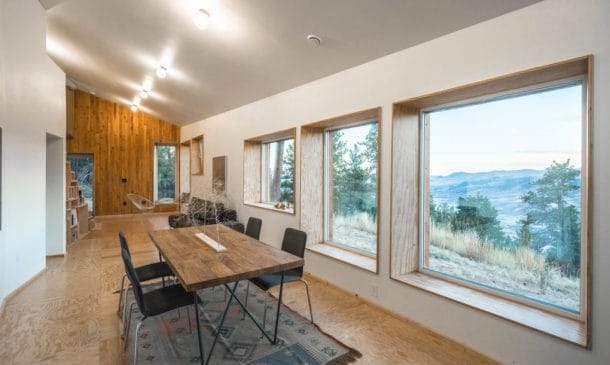
The concept of Passive House design originally started in Germany. It was then taken up by Passive House by NEED-BASED in New Mexico, who made their structures extremely well adapted to their climate.
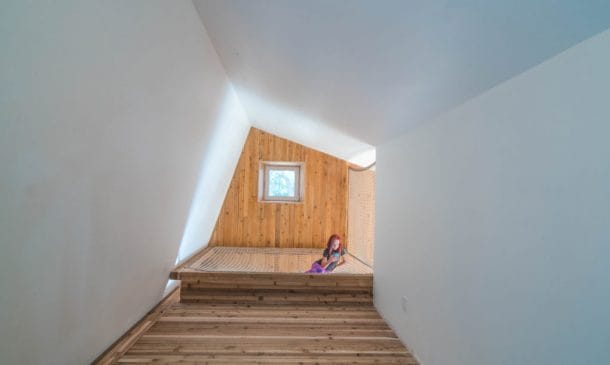
And despite the fact that rest of the world is now catching on the concept rather quickly and it is even being made a part of the construction code from New York City to Vancouver BC; the idea is still rather exotic and new to many designers and builders.
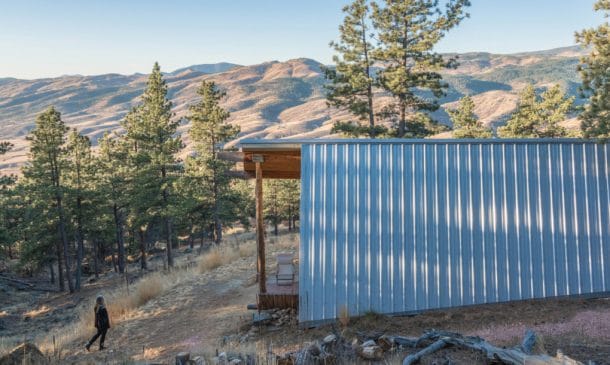
The system employs thick walls, triple pane windows, and sophisticated fresh air system. The design uses extensive energy calculations and a well-designed structure that can beat the power threshold by almost two times.
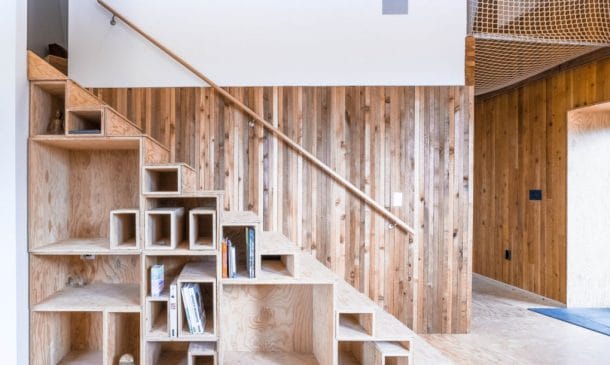
The structure uses the sun as its primary heating source. It also recycles the “waste” heat of the occupants and appliances using a small hydronic heating loop and a Heat Recovery Ventilation system.
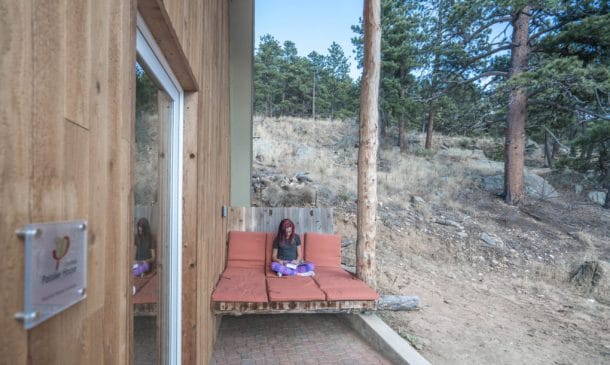
These houses take up practically no energy for heating, and the internal temperature hovers between 67 and 77 degrees Fahrenheit without any external heating or cooling. And even if you have to use the heating system sparingly, all the energy requirements are met using solar energy.
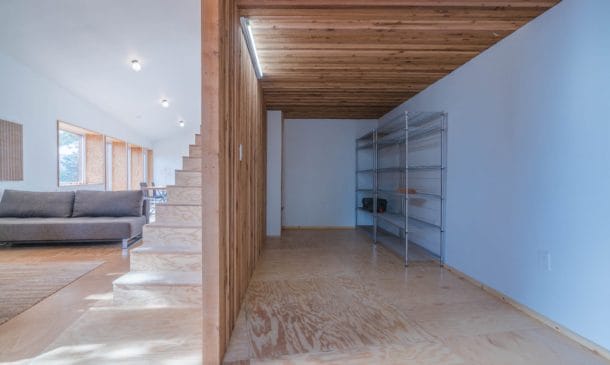
The lack of demand for heat is also justified by the neutrality of the surfaces in the building to radiation, especially the triple pane glass. The body does not give away any heat via radiation to the cold surfaces, which reduces the effect of “feeling” cold.
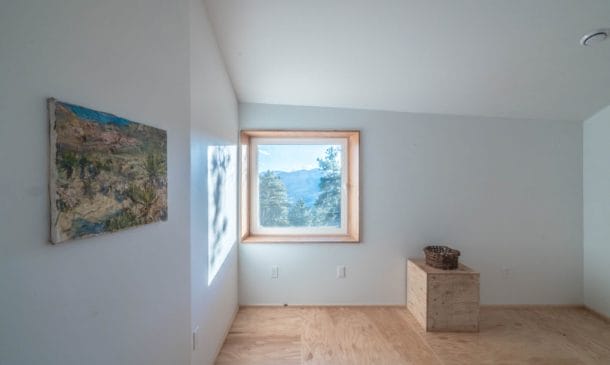
A problem arises when it comes to the regulation of the indoor air quality, as there is no natural breeze to facilitate ventilation. But these risks can be mitigated through construction with low-processed materials like plywood, timber, tile, and using cellulose and mineral wool insulation.
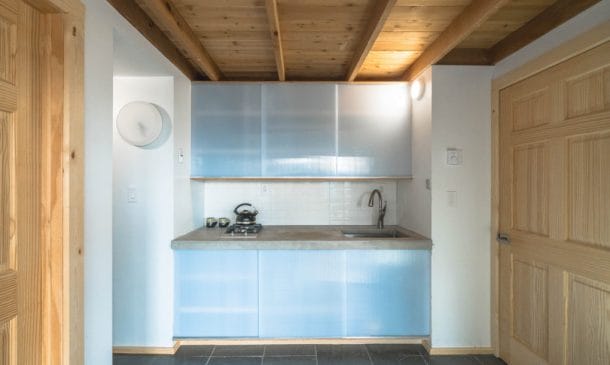
Do you have more information on the merits/demerits of Passive House Construction? Comment below!

